The OpenStack community is BIG. From Argentina to Morocco to Israel to Vietnam, we literally span the globe, so it's not surprising that we largely knew what to do to accommodate COVID-19's circumstances. But it still has been a struggle to keep moving forward and adapt while still delivering Ussuri and Victoria, the 21st and 22nd releases of OpenStack.
Even if you were working remotely before the pandemic, many things changed. I have worked remotely for over four years, but it was broken up by seeing coworkers and community members in real life roughly once a month at conferences and meetups. But now, I haven't seen any of them in person in a year, and I have twice as many meetings as I used to. My circumstances are certainly nothing like what frontline workers face, but when screen time is your main interaction with humanity, it gets downright lonely.
Accommodating time zones
The OpenStack community's geographic reach means that most of us can convert time zones and think in Coordinated Universal Time (UTC) like birds know how to fly. We are conscientious of time zones and work hard to make contributions no matter where we live.
Teams alternate meeting times so that we have better participation across the world. In case a meeting takes place in the middle of your night, meetings are text-based and archived so that you can catch up later. We try not to make decisions in synchronous discussions and to allow time for questions and comments on mailing list posts and code reviews before moving forward. Therefore, no matter what time zone you're in, you won't wake up to find major decisions made without you.
Getting together virtually
There was no question about canceling in-person conferences for everyone's safety, but that doesn't mean the transition was easy. Our virtual collaboration skills have become far more important now that we are not meeting in person at events.
None of this can substitute for the motivation and energy we get by being together and hammering out implementation details and getting creative about paths forward. When technical discussions at events conclude for the day, it's time for games and chatting and team dinners at night. Real friendships grow out of these work relationships.
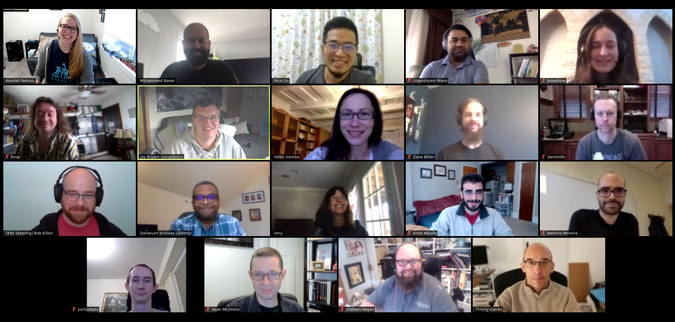
(Kendall Nelson, CC BY-SA 4.0)
The tightly woven open source community has driven our ability to make it through two new OpenStack releases and come out even more accomplished. The closeness we built has given our community the extra push to adapt.
We modified our Project Teams Gathering (PTG) to a virtual event. It's no substitute for what we had in person in Denver, Vancouver, Atlanta, and definitely not Dublin, but it has been enough to keep us on track.
Smarter scheduling
The PTG still spans several days, as it did in person, but we had to adapt many things. Time zones are hard, for starters. With the typical meeting schedule, you might need to stay alert in the middle of the night for eight hours—maybe crouched in your walk-in closet, so you don't wake the people who live with you. Also, no one can pay attention and be productive on a video call for eight straight hours—if you can, you need to write a book immediately.
For these reasons, we broke up the schedule into four-hour windows with four-hour breaks in between. The four-hour windows of reservable time are broken into one-hour increments so that teams also don't need to claim all the time if they won't use it. The four-hour windows are selected across a UTC day, where each window roughly touches two-thirds of the world, so we have an Asia-Pacific (APAC)/Europe/Africa window, a Europe/Africa/North and South America window, and a North and South America/APAC window. Obviously, the times get less and less favorable towards the edges, but it works pretty well. Also, the teams select their own meeting times since they know where most of their contributors are based and have a better idea of how much or how little time they need to be productive (and maybe to have a virtual happy hour, too).
To help keep everyone on the same page with this more complicated schedule, we use our community-developed PTGbot. We interact with the bot via an IRC channel to keep a webpage up to date with what team is meeting and what is being discussed in each virtual "room."
Working out the kinks
After two virtual PTGs, we've worked out many kinks and added features to improve the virtual format. We can now link directly to meeting rooms from the PTGbot page and have messages of the day. Individual contributors can check into rooms so that others can find them. They can also subscribe to topics, so if a topic comes up in a different room, it's easy to hop over so that they won't miss the discussions.
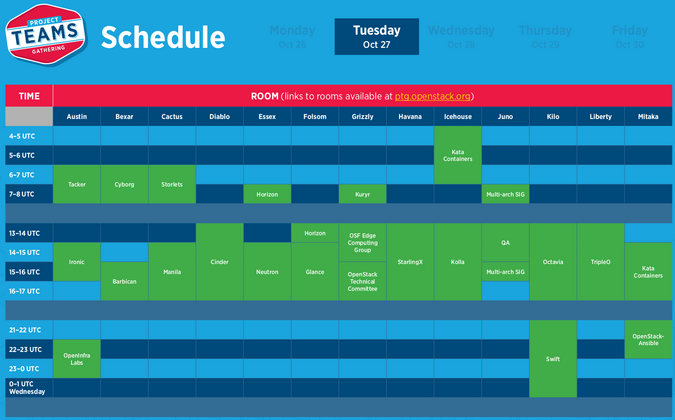
(Kendall Nelson, CC BY-SA 4.0)
We know the events are working reasonably well because, in addition to receiving positive feedback and community support, we continued putting out releases on time—Ussuri and Victoria in 2020—exactly when we planned them.
Road to recovery
Even when we go back to guzzling conference coffee to negate the jet lag, the global community will keep using PTGbot and overcoming whatever challenges come our way. Despite the hardships the pandemic presents, it brought new tools and new ways of meeting virtually that will help us continue releasing open infrastructure to the world.

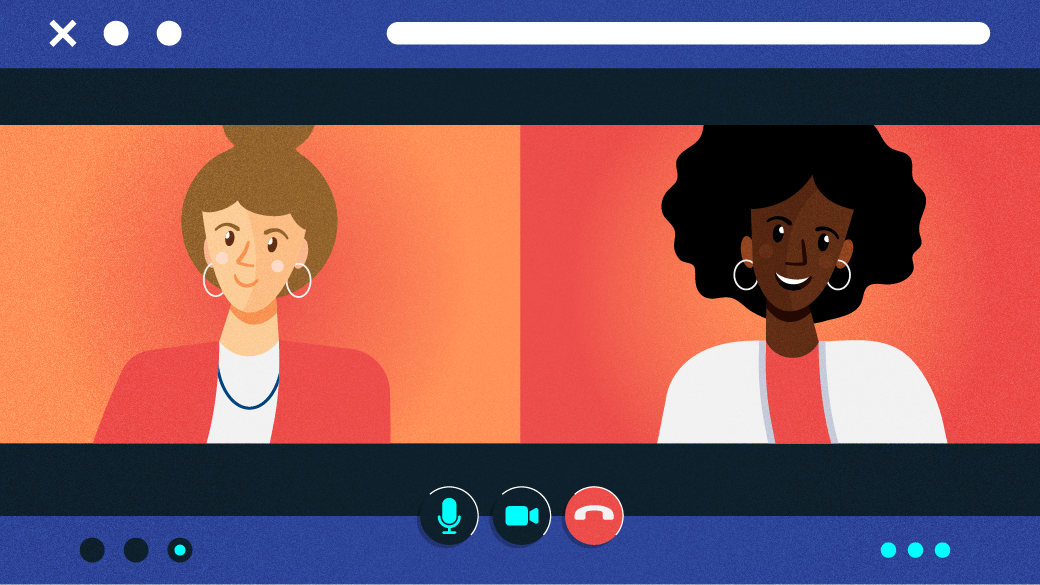
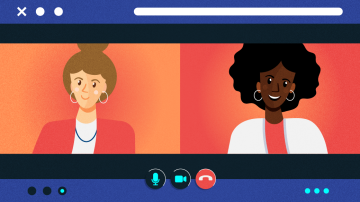
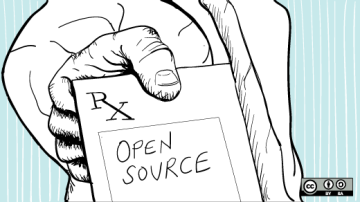




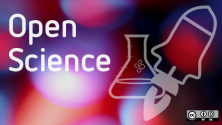

Comments are closed.